Characteristics of Siamese Rough Bush (Streblus asper)
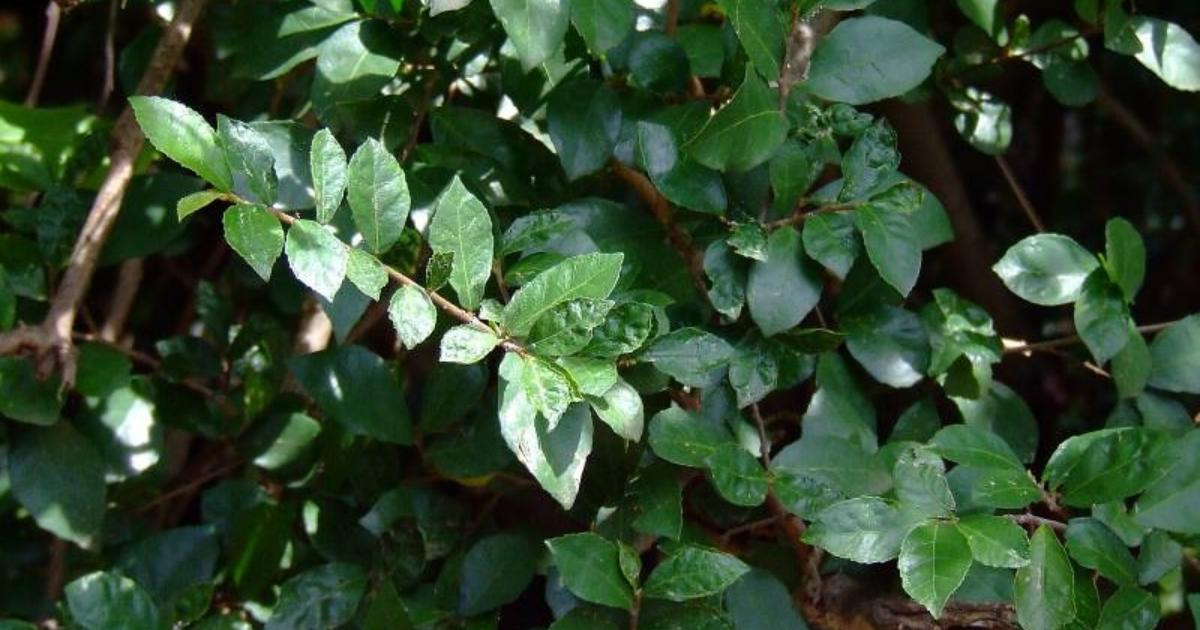
Siamese Rough Bush or Toothbrush Tree (Streblus asper) is an evergreen tree in the Moraceae family, native to the arid regions of India, Cambodia, Thailand, India, Sri Lanka, Malaysia, and Vietnam.
In Southeast Asia, the Siamese Rough Bush is a tree that has several uses, especially as an ornamental garden tree and as a bonsai tree.
In Thailand, this tree is used in traditional paper making which has been going on for more than 700 years.
Almost all of Thailand’s extant ancient documents were written on paper made using Streblus asper tree bark fiber. These Buddhist texts and ancient records are called Khoi.
Paper made from the bark of the Streblus asper tree has several advantages, such as being durable, moisture resistant, non-flammable and non-mouldy.
Today other fiber sources are used to make paper, and Streblus asper tree bark fiber is only used by craftsmen who produce paper using traditional techniques.
In Vietnam, woodcarvers use the rough texture of asper Streblus leaves as natural sandpaper.
Streblus asper is known by various local names around the world, including Serut, Khoi, Siamese Rough Bush, Toothbrush Tree, Demon Tree, Paper Bark, Paper Tree, Sand Paper Mulberry, Spinous Mulberry, and Stunted Jack. In the Philippines it is called Bogta-e, Bogtalay, or Kalyos. In India it is known as Daheya, Dahia, Karchanna, Deer, Sahora, or Sihora. Meanwhile, in Sanskrit, trees are named Akshadhara, Bhutavasa, Bhutavriksha, Dhukavasa, Gavakshi, and Karkashachhada.
In Indonesia, siamese rough bush can be found in abandoned vacant land not far from water sources, especially in Java. In almost every shrub on the banks of the river this tree is often grown, which is usually side by side with other bush trees such as Fukien Tea (Carmona retusa).
Characteristics of Siamese Rough Bush Leaves
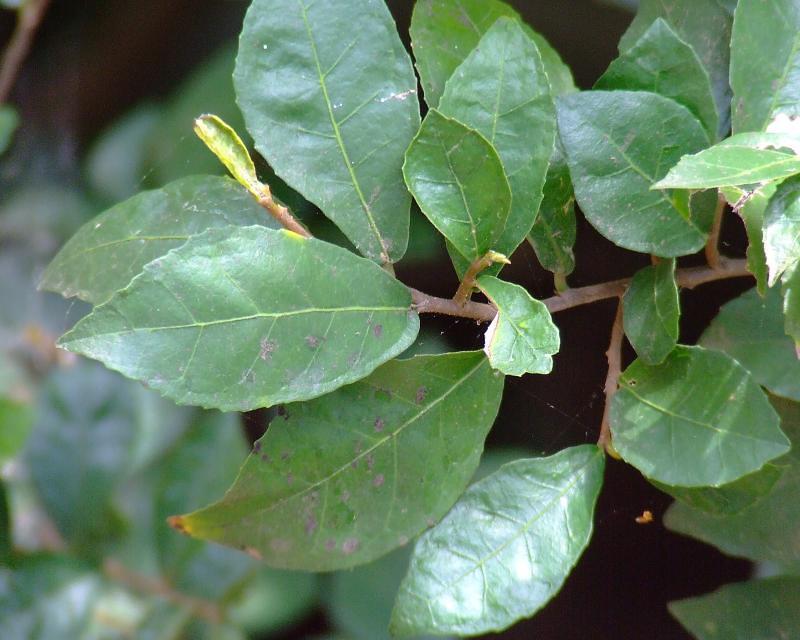
The leaves are simple, oval, tapering at the end, serrated edge, leathery, about 3-7 cm long and 3-5 cm wide. The leaves can shrink many times if routinely trimmed. Therefore, it is widely used as a bonsai and penjing.
Characteristics of Siamese Rough Bush Flowers
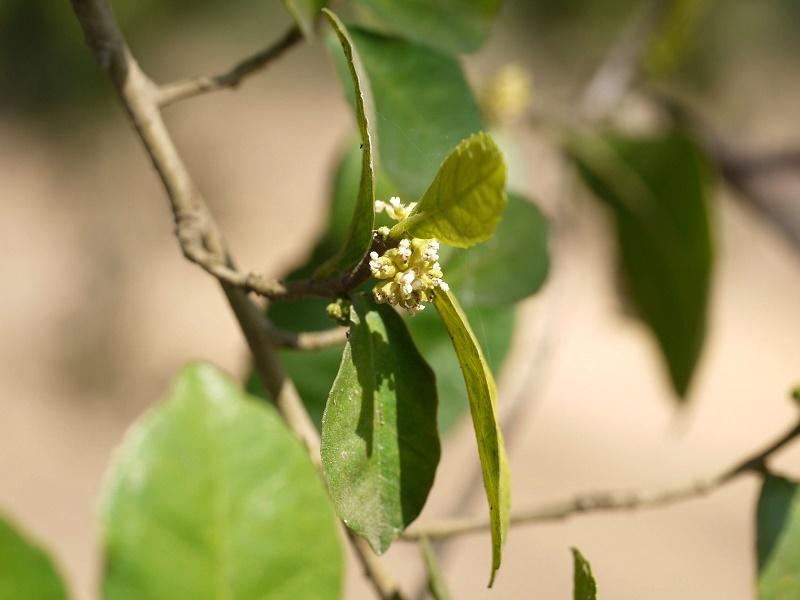
The flowers are small, stemmed, yellowish green or white, and appear in the leaf axils. In its place of origin, the siamese rough bush flower blooms in the dry season.
Characteristics of Siamese Rough Bush Fruit
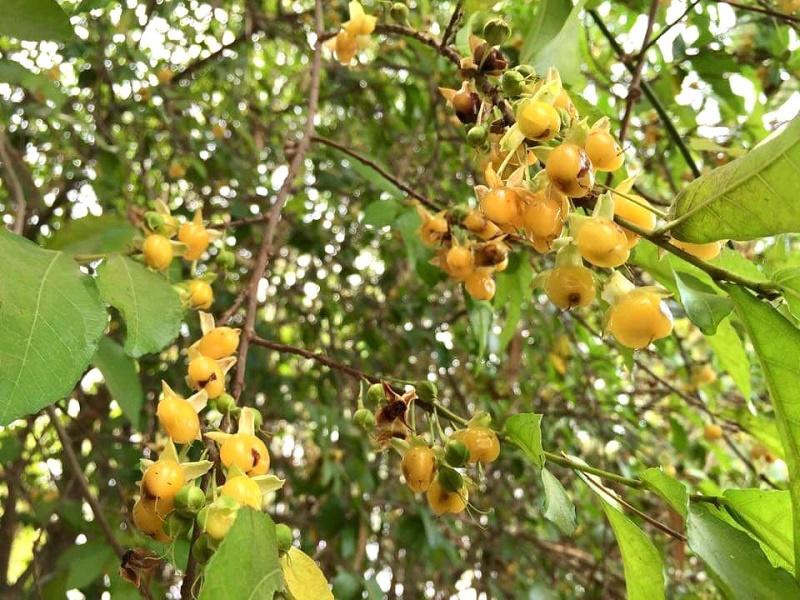
The fruit is round, small like a berry, yellow to orange in color, about 8-10 mm in size. The fruit has a sweet taste when ripe and is liked by birds.
Characteristics of Siamese Rough Bush Tree
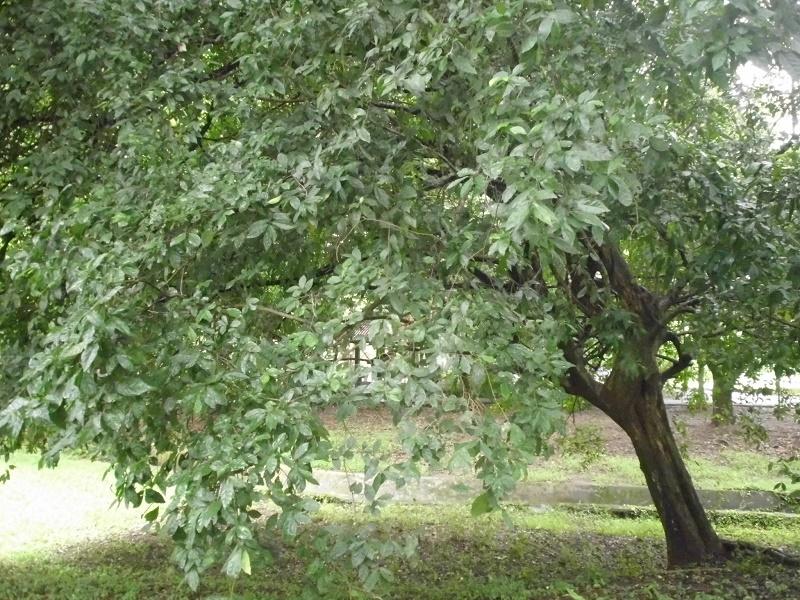
Siamese rough bush grows as a shrub 5-7 meters high with a stem reaching 1.5 meters in diameter. This tree often forms large shrubs with a dense canopy. The bark is gray with irregularly twisted branches.
The most recognizable feature of the shaved tree when you see it for the first time is its leaves, which are rough like sandpaper to the touch and its small, yellow or orange fruit.
Many bonsai artists in Southeast Asia use the Streblus asper tree as a bonsai subject for several reasons, most notably its easy maintenance and its suitable characteristics in bonsai principles.
Below are some examples of bonsai made from Streblus asper.
Benefits of Siamese Rough Bush
Streblus asper is a well-known and well-documented ethnomedicinal tree. Certain parts of this tree are used in Ayurvedic medicine to treat various ailments such as filariasis, leprosy, toothache, diarrhea and cancer. Studies conducted using different in vitro and in vivo biological evaluation techniques support most of these claims.
Different studies have been carried out on the antibacterial activity of various microorganisms involving oral and nasopharyngeal infections. Shaved leaf extract has been shown to have selective bactericidal activity against Streptococcus, especially Streptococcus mutans which is strongly associated with dental caries.
Streblus asper contains protease which has the potential as a milk coagulation enzyme.
Streblus asper is also used in the main ingredient for making a dark brown herbal toothpaste that is popular in Thailand.
In the past, until the mid-20th century, Streblus asper branches were used as toothbrushes, hence this tree is also known as the Toothbrush Tree.
How to Cultivate Siamese Rough Bush
Streblus asper can be propagated by grafting and cuttings. Cultivators usually do grafts because they have a higher success rate.
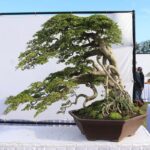
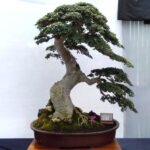
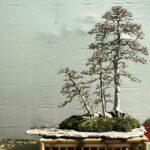

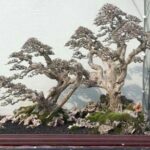
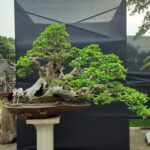
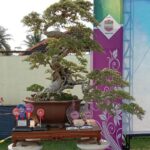
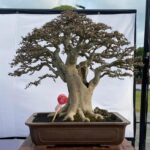
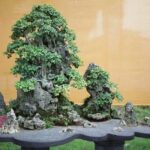
Leave a Reply